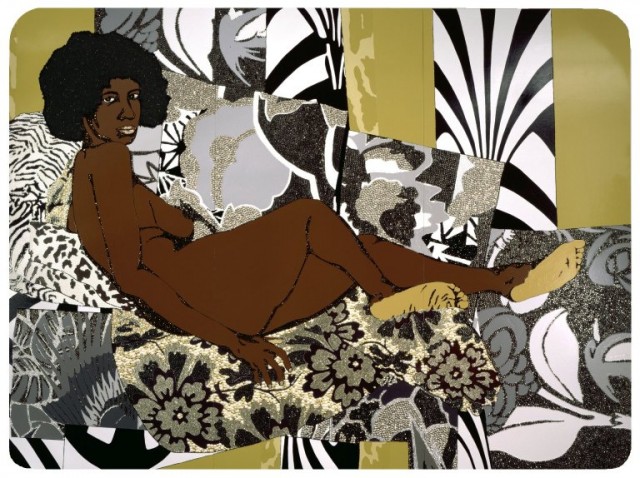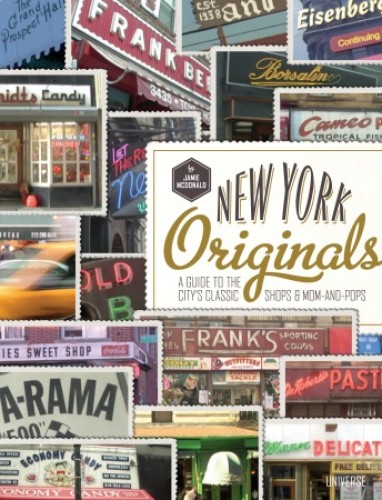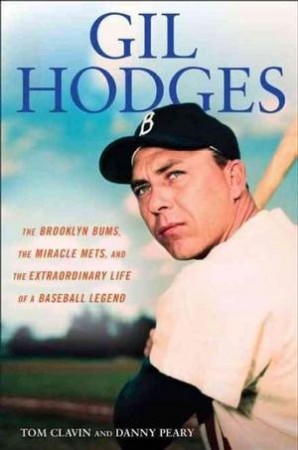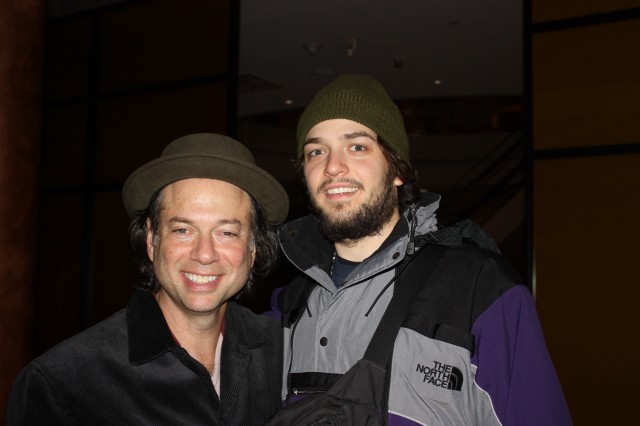
Phil Hartman and his son, Leon, will be celebrating the silver anniversary of Two Boots on August 23 in East River Park
TWO BOOTS 25th ANNIVERSARY CONCERT: AN EVENING OF FREE LIVE MUSIC, PERFORMANCE ART, POETRY, AERIALIST, AND FOOD
East River Park Amphitheater
FDR Drive between Grand & Jackson Sts.
Thursday, August 23, free, 5:00 – 9:00
www.twoboots.com
www.summerstage.org
Twenty-five years ago, New York native Phil Hartman and Doris Kornish opened Two Boots in the East Village, a pizzeria with a distinct Cajun flavor. In the ’90s they began expanding, adding a movie theater that screened alternative and foreign films while introducing pizzas named after fictional and real pop-culture figures. Today there are more than a dozen Two Boots restaurants, across Manhattan as well as in Brooklyn, New Jersey, Baltimore, and Los Angeles, selling specialty pies named for such favorite characters as Mr. Pink from Reservoir Dogs,, Andy Kaufman alter ego Tony Clifton, Newman from Seinfeld, Larry Tate from Bewitched, No. 6 from The Prisoner, Dr. John, Bella Abzug, Bette Midler, and Charlie Parker as well as the Village Vanguard. On August 23, Hartman and his son, Leon, who also works in the business, will host a free concert in East River Park in honor of Two Boots’ silver anniversary, featuring performances by Sierra Leone’s Refugee All Stars, Mamarazzi, Odetta Hartman, Himalayas, the Whiskeyhickon Boys, Lady Circus, and the Magic Beans; the event will also include poetry from the Nuyorican Poets Cafe (Caroline Rothstein, Mahogany Browne, and Marshall “Soulful” Jones ) and the City Lore/Bowery Poetry Club’s POEMmobile, live art and painting by Lizzy Grandsaert and Kat Carrot Flower, the Homespun Mini-Merry-Go-Round, and informational booths from the Lower Eastside Girls Club, the Lower East Side Ecology Center, and Time’s Up. The festivities will be emceed by actor Luis Guzmán, for whom the Luisaida pie is named after, and there will be free samples of the Newman and the Larry Tate. Phil discussed Two Boots, the revitalization of the Lower East Side, and more in our latest twi-ny talk.
twi-ny: What were the initial expectations when you opened your first pizza place twenty-five years ago?
Phil Hartman: Doris Kornish (my original partner) and I had two principal motivations: we badly needed funds to finish postproduction on our first film, No Picnic, which would go on to receive an award at Sundance in 1988, and we’ve always operated under this premise at our restaurants — don’t try to cater to an imaginary audience, just do something that we really love and hope that other people agree with us.
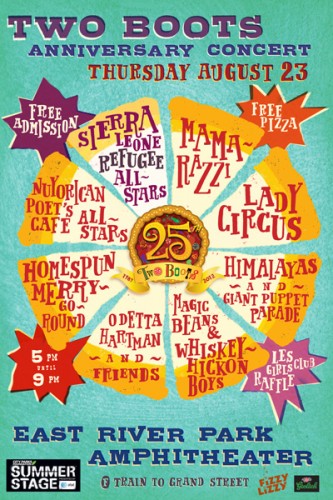
twi-ny: How did the idea for naming pies after famous fictional characters get started? Do you need to get permission to use the names? If so, has anyone ever turned you down?
Phil Hartman: The character names didn’t start until eight years in — beginning with Larry Tate, Mr. Pink, and Newman. I’ve always loved second bananas, oddballs, and the overlooked and underappreciated. And we’ve never been turned down — we just figure we’re honoring these characters and they would be proud of it.
twi-ny: What is your personal favorite slice?
Phil Hartman: The Bayou Beast (andouille, crawfish, jalapeños, mozzarella, and sauce), which combines the best of both worlds (Italy and Louisiana) is my fave — though as their parent, you know I love all the slices.
twi-ny: Is there a specific combination that you really wanted to work but it just couldn’t come out quite right?
Phil Hartman: My biggest disappointment is that we never really made our Pizza Piazza work — Mike, being one of our all-time idols (we’re enormous Mets fans); the pie was too soupy but will be resuscitated when he enters the Hall of Fame next year!
twi-ny: On August 23, you’ll be celebrating your twenty-fifth anniversary with a free concert in East River Park. How did the lineup come together?
Phil Hartman: We’ve always loved African pop music, and given that Fela Kuti is no longer with us, we had the chance to reach out to the Sierra Leone Refugee All-Stars and grabbed it. Mamarazzi is an amazing local Afro-funk band, with lots of our friends in it; Odetta, our daughter, just recorded her first album, and is bringing together her band and lots of special guests; Himalayas is an awesome Brooklyn marching band, which will rock the crowd, from within the crowd; Whiskeyhickon Boys are one of our house acts — gangsta folk at its best; plus Lady Circus from House of Yes, Nuyorican Poets Cafe all-star poets, live art by 4heads Art Collective, a mini-merry-go-round, and lots more.
twi-ny: When the first Two Boots opened back in 1987, the Lower East Side was a very different place. Since then, you’ve been at the center of the neighborhood’s transformation, adding such events as the Howl! Festival and leading an influx of new restaurants, music venues, and other institutions in addition to a revitalized Tompkins Square Park. How would you compare the Lower East Side of the 1970s and ’80s to the way it is now?
Phil Hartman: We’ve lost a lot of the color and complexity, but there still are a lot of great folks and great organizations carrying on the countercultural tradition here. It’s a lot less scary, which is good if you’re raising three kids here (like I have), but also a lot more tame (which is a shame!).
